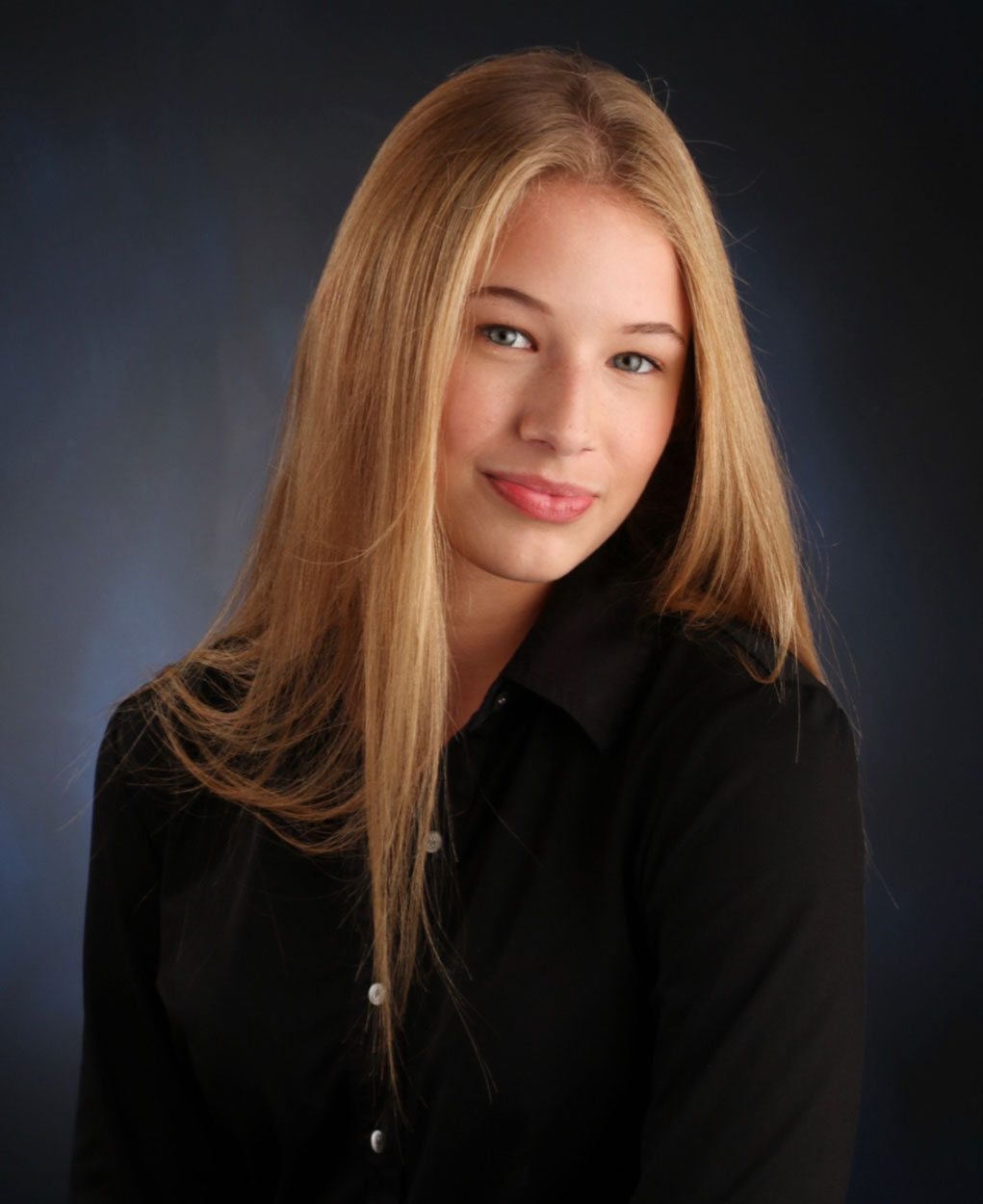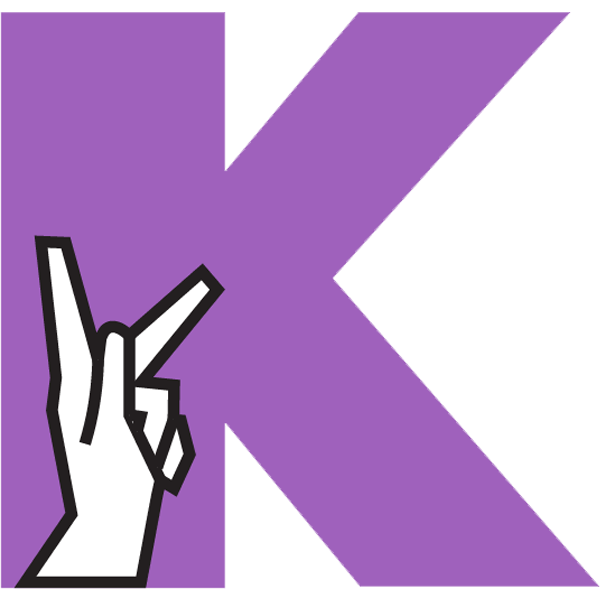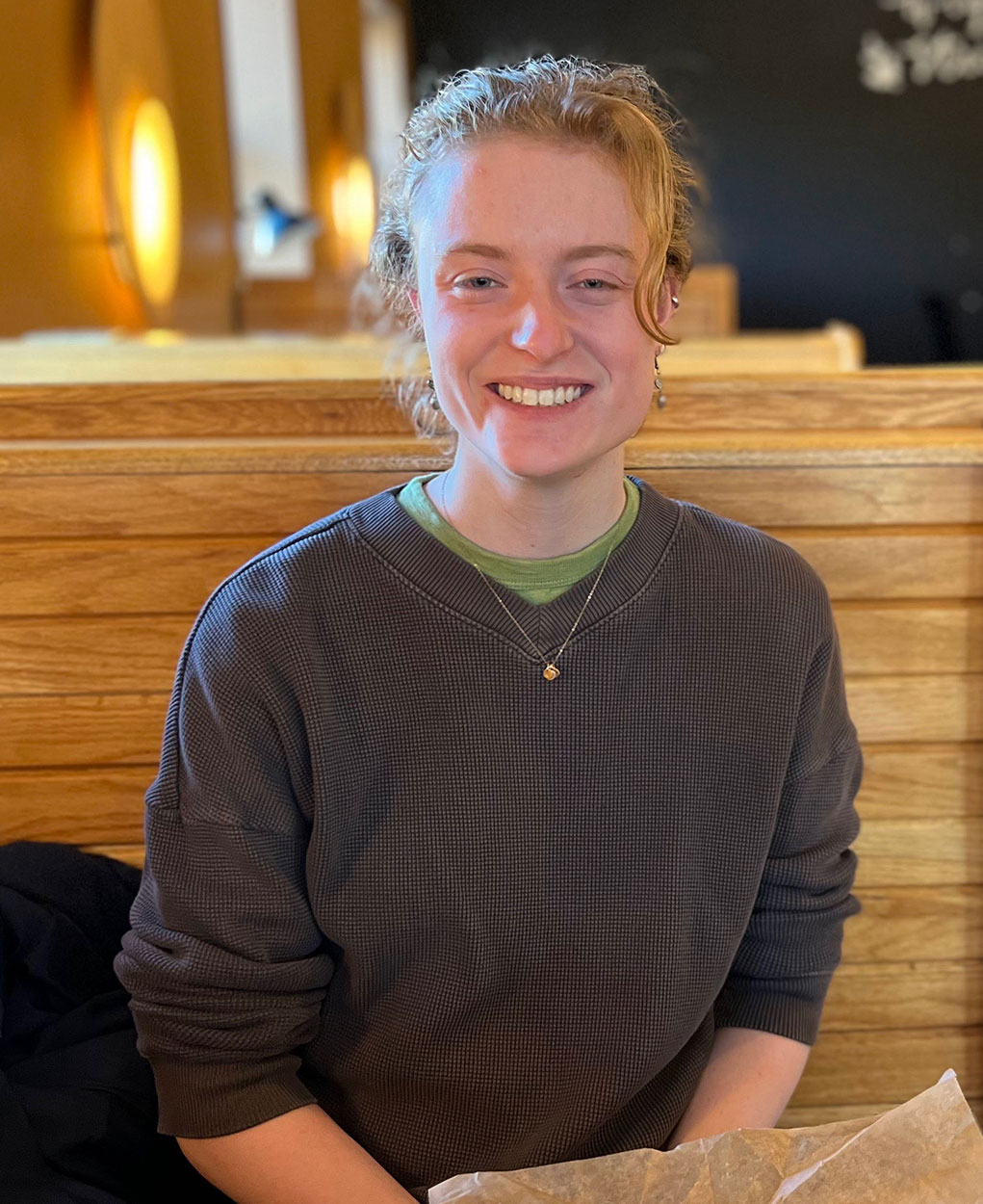When Hannah Sussman ’25 arrived at Kenyon newly diagnosed with narcolepsy, a sleep wakefulness disorder, she didn’t know the first thing about living on her own with a disability. So she sought strength in numbers.
“I started to realize that a lot of these decisions I made were based off of me doing the best that I could, but it would be so helpful if I was able to bring a lot of students together and allow students to learn from each other, support each other, and, ultimately, be able to succeed with each other,” she said.

After joining a handful of students in an informal support group during her first year, Sussman returned to campus in 2022 and created DISCO, Kenyon’s Disabled/Chronically Ill Student Community Organization. The group has quickly attracted more than 80 students eager to share — and learn from — their shared experiences.
It’s a student-led approach that has found favor with Kenyon’s ASL Club, too, where members learn about Deaf culture and American Sign Language.
While the College provides a wide variety of resources for students with disabilities — through Student Accessibility and Support Services (SASS), for example — students across campus have made their own spaces to help each other as well.
At DISCO, students gather once a week in Timberlake House, bringing challenges with them that run the gamut from neurodivergence to physical disabilities to chronic illnesses. Each session begins with a question-and-answer session where participants ask each other about whatever’s on their mind. Sometimes that has to do with how to seek an accommodation in class; at others, it’s which campus office is best equipped to get them the help they need.
“I often turn to the support of DISCO to hear about how other students have made it work and what other students’ experiences have been. There’s a massive aspect of community and knowledge-sharing,” said Sussman, a sociology major from outside Chicago who serves as a liaison with SASS. She was one of two winners last year of the College’s Doris B. Crozier Award, given to a student who has demonstrated qualities of vision, responsibility, courage and dedication to excellence.
DISCO’s work isn’t limited to students’ time as undergraduates. It now extends before and after through a pre-orientation program and an alumni group.
The student group’s advisor is Travis Chi Wing Lau, an assistant professor of English who lives with scoliosis-related disabilities and finds inspiration in the solidarity shown by DISCO’s participants.
“This is a group that’s about shared struggle and how to navigate that together, and I find that particularly beautiful,” he said. “It’s very much about processing real, lived experiences. The way that their meetings work, it’s in many ways not just a support group but a kind of strategizing meeting about how to have a more seamless, manageable and sustainable college experience.”

The origins of the ASL Club date back to spring 2023, when Delia Preston ’26 was taking an ASL course and noticed how student interest in the course far exceeded capacity. A club seemed like the perfect solution to adding learning opportunities outside of the classroom and creating a safe space for deaf and hard-of-hearing students like herself.
Together with co-founders Eli Allan ’26 and Hanu Sintayehu ’26, another member of the Deaf community, she formed the club the following fall, and well over 100 students quickly signed up to show interest.

Preston, a studio art major from Madison, New Jersey, was diagnosed as being deaf at the age of 3 but didn’t learn ASL until her senior year of high school.
“Having more exposure to ASL at Kenyon has definitely helped me become more sure of my identity,” she said. “I try to serve as an ambassador for ASL on campus. I enjoy teaching it and I enjoy seeing people learn about it.”
Meetings begin with a lesson covering things like the alphabet, colors and basic dialogue, followed by a practice component, such as a game. Then there’s a cultural portion where participants learn about Deaf history and culture.
Senior citizens from the Gambier community have gotten involved, too, requesting similar lessons from the club.
Allan, who does not have any hearing loss but said they always wanted to learn American Sign Language, became friends with Preston while taking an ASL class together and was inspired to help others make similar connections.
“I’m really drawn to the idea of giving access to deaf people by having access to this language,” said Allan, a math major from Amherst, Massachusetts. “Being able to allow people to learn in an environment that is also emphasizing Deaf culture and Deaf community is really important.”
Vice President for Student Affairs Celestino Limas, who is Deaf and teaches ASL at the College, applauded the efforts of both groups as proactive and inclusive, creating a broad umbrella for participation.
“The Kenyon student wants to be a change agent in a very intentional way,” said Limas, who serves as advisor to the ASL Club. “Those moments when students take it upon themselves to define what community with a capital C means for them is always great. It has been beautiful to watch how these two clubs have tapped a nerve with other students on campus.”